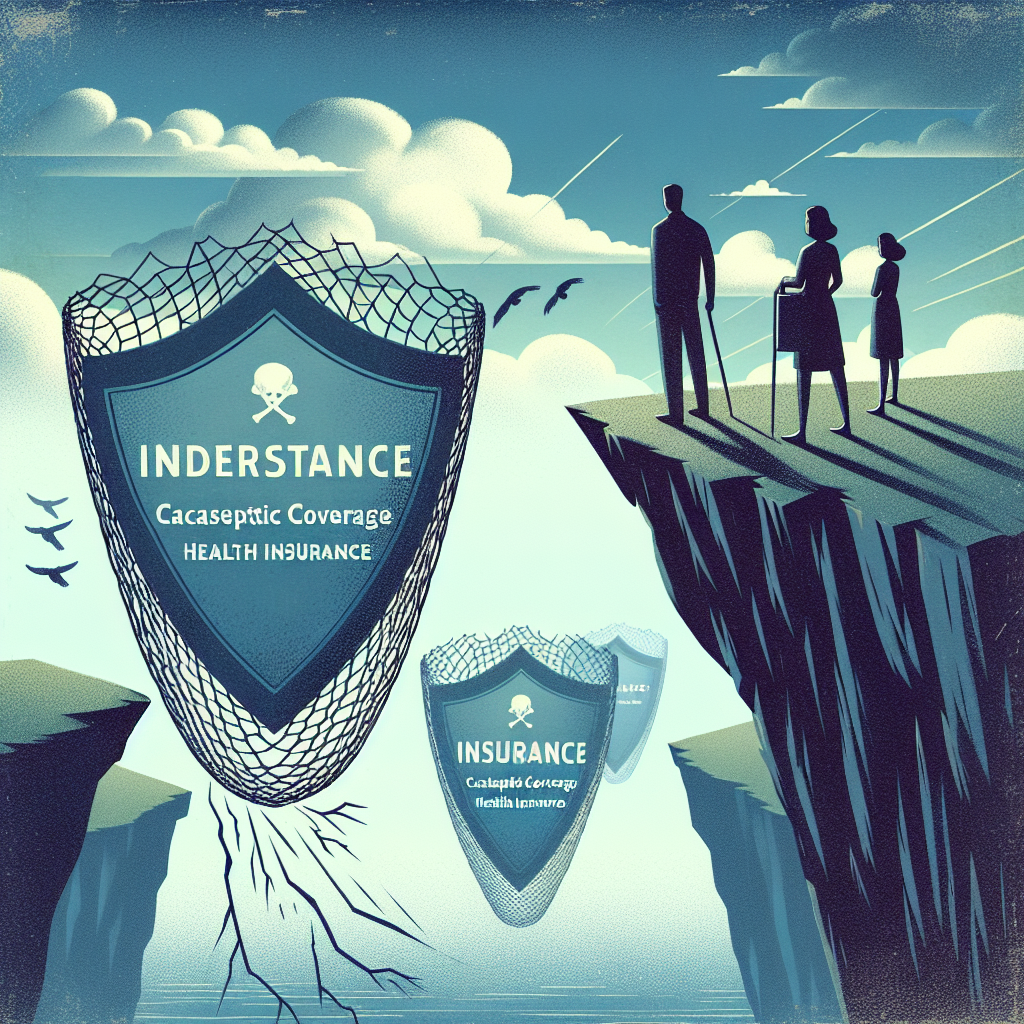Filed under Auto Insurance on
Victory Auto Insurance: Affordable Coverage Options

Choosing the right auto insurance can feel overwhelming, especially when you’re trying to balance cost with solid protection. Many drivers want to lower their monthly premiums but worry they’ll lose important coverage in the process. That’s where Victory Auto Insurance comes into play for a lot of budget-conscious policyholders who still care about quality and reliability.
In this guide, we’ll explore how Victory Auto Insurance positions itself as an affordable option, what types of coverage you can expect, how to lower your rates, and what to look for before you sign a policy. Whether you’re a new driver or simply shopping for a better deal, understanding your options can help you save money without sacrificing peace of mind.
Understanding the Role of Budget-Friendly Auto Insurance
Auto insurance is more than a legal requirement—it’s a financial safety net. According to the Insurance Information Institute, the average bodily injury liability claim can easily surpass tens of thousands of dollars, and severe accidents can go far beyond that. Without proper coverage, one serious collision can derail your finances for years.
At the same time, drivers are facing rising costs. Industry data in recent years shows auto insurance premiums have been climbing due to factors like:
Higher repair costs for advanced vehicle technology
Increased medical expenses associated with injuries
More frequent severe weather events causing property damage
Distracted driving leading to more serious accidents
In this environment, insurers that offer more budget-conscious plans—like Victory Auto Insurance—tend to attract drivers who need to rein in spending without stripping coverage down to the bare legal minimum.
What Makes Victory Auto Insurance Stand Out?
Victory Auto Insurance is frequently positioned as a go-to choice for drivers seeking lower premiums paired with straightforward coverage options. While specific offerings can vary by state and region, several characteristics typically define this type of provider:
Focus on affordability: Plans are structured to help drivers meet state requirements and maintain reasonable protection without sky-high premiums.
Flexible coverage tiers: Policyholders can often choose from multiple levels of protection, from basic liability to more comprehensive packages.
Discount-driven savings: Victory Auto Insurance generally leans on a mix of discounts and rating factors to keep costs competitive for safe and responsible drivers.
Streamlined processes: Many budget-minded insurers simplify quoting, purchasing, and claims handling to reduce administrative overhead and pass savings on to customers.
For drivers comparing quotes, the appeal is simple: coverage that addresses the most common risks on the road at a price that suits tight monthly budgets.
Core Coverage Options You Can Expect
While every insurer has its own policy structures and naming conventions, most offerings from Victory Auto Insurance revolve around the same core protections available across the industry. Here is a breakdown of common coverage types, along with how they can fit into an affordable policy.
Liability Coverage: The Legal Foundation
Every driver needs at least state-minimum liability coverage. This includes:
Bodily injury liability: Pays for injuries you cause to other people in an at-fault accident.
Property damage liability: Pays for damage to someone else’s vehicle or property.
Victory Auto Insurance typically offers multiple liability limit options. While it can be tempting to stick with the lowest legal requirement to keep premiums down, industry experts consistently recommend higher limits. Increasing limits often has a smaller effect on premium than expected, yet provides substantially more protection if you’re involved in a serious collision.
Collision Coverage: Protecting Your Own Vehicle
Collision coverage helps pay to repair or replace your vehicle after an accident, regardless of who is at fault. This is particularly important if:
You drive a newer vehicle
You still have an auto loan or lease
You cannot comfortably afford to replace your car out-of-pocket
When you choose Victory Auto Insurance, you’ll generally be able to set a collision deductible—what you pay out-of-pocket before insurance kicks in. A higher deductible often means a lower monthly premium, but it’s critical to select a deductible you can realistically afford in an emergency.
Comprehensive Coverage: Beyond Collisions
Comprehensive coverage handles many non-collision situations, such as:
Vehicle theft or attempted theft
Vandalism or intentional damage
Fire, hail, or certain weather-related damage
Falling objects, like tree limbs
Damage from animals (for example, hitting a deer)
Like collision coverage, comprehensive includes a deductible. Many drivers bundle collision and comprehensive through Victory Auto Insurance for balanced protection, especially when their vehicle still holds significant value.
Uninsured and Underinsured Motorist Protection
Despite legal requirements, a portion of drivers carry no insurance—or too little. Uninsured and underinsured motorist coverage steps in when you’re hit by someone who can’t cover the damage they cause.
Consumer advocates and state regulators commonly highlight this coverage as essential. Given the number of uninsured drivers in some regions, skipping this protection to save money can be a risky move. Victory Auto Insurance generally offers this as an add-on or as part of mid-range and premium coverage tiers.
Medical Payments or Personal Injury Protection
Depending on your state, you may see:
Medical payments (MedPay): Helps cover medical expenses for you and your passengers after an accident, regardless of fault.
Personal injury protection (PIP): Broader than MedPay in many states, sometimes including lost wages, rehabilitation costs, and other related expenses.
Victory Auto Insurance often includes these options to align with state requirements, especially in no-fault states. While they add to the premium, they can significantly ease financial strain after an injury.
Optional Add-Ons for Extra Peace of Mind
Beyond essential coverage, Victory Auto Insurance may provide several add-ons that can round out your policy. While each option increases cost, they can offer high value depending on your circumstances.
Roadside Assistance
Roadside assistance typically covers services like towing, battery jumps, flat-tire changes, and fuel delivery. For drivers who commute long distances or own older vehicles, this feature can quickly pay for itself with a single emergency call.
Rental Reimbursement
After an accident, you might need a temporary vehicle while yours is being repaired. Rental reimbursement coverage helps offset or fully cover the cost of a rental car for a specified period, keeping your life moving while repairs are underway.
Gap Coverage
If you finance or lease your car, you may owe more on the loan than the vehicle’s actual cash value. In a total loss, standard coverage pays only that market value, potentially leaving you with a loan balance. Gap coverage helps bridge the difference, a feature many financial professionals recommend for newer vehicles.
How Victory Auto Insurance Keeps Coverage Affordable
Cost-conscious drivers are typically most interested in how a company can hold premiums down while offering solid protection. Victory Auto Insurance, like other budget-focused carriers, generally relies on several strategies.
Discounts That Can Lower Your Premium
Many insurers, including Victory Auto Insurance, use an extensive discount model to reward safer behaviors and lower-risk profiles. Common discounts include:
Safe driver discounts: For maintaining a clean driving record without accidents or major violations over a specific period.
Multi-car discounts: For insuring more than one vehicle on the same policy.
Bundling discounts: For combining auto with homeowners or renters insurance (when available through the same provider or partner network).
Good student discounts: For younger drivers who maintain strong grades, which many insurers associate with more responsible driving habits.
Low-mileage discounts: For drivers who log fewer miles annually, reducing exposure to accidents.
Telematics or usage-based discounts: For drivers who opt into monitoring programs that reward safe behaviors like gentle braking and consistent speed.
Insurers often update their discount menus over time, so it’s wise to ask a Victory Auto Insurance representative to walk you through every available option before finalizing a policy.
Rating Factors That Influence Your Price
Industry-wide, several core factors influence auto insurance premiums. While each company weighs them differently, Victory Auto Insurance is likely to consider:
Driving history: Accidents, speeding tickets, and serious violations usually increase rates.
Vehicle type: Make, model, age, and safety features all play a role in determining risk.
Location: Accident frequency, theft rates, and legal environment vary by area, affecting premium levels.
Credit-based insurance scores (in many states): Some regions allow insurers to use credit information as a predictor of risk; others restrict or prohibit it.
Coverage limits and deductibles: Higher limits and lower deductibles typically mean higher premiums, and vice versa.
Understanding these factors can help you make proactive changes—for instance, improving your credit where allowed, taking a defensive driving course, or adjusting your coverage to better match your risk tolerance and budget.
Strategies to Maximize Value with Victory Auto Insurance
Simply opting for a low-cost insurer is not enough. To truly get value from your policy, you need to match coverage levels with realistic risks and your overall financial situation. Consider the following approaches.
Right-Size Your Coverage, Don’t Just Minimize It
It’s common to focus on hitting the lowest possible premium, but that strategy can backfire if you face a major claim. Instead:
Start with liability limits that reflect your assets and future earning potential.
Consider collision and comprehensive coverage for vehicles with significant value, especially if replacement would strain your finances.
Balance deductibles so they meaningfully reduce premiums without leaving you unable to pay in an emergency.
Victory Auto Insurance often offers multiple tiers of coverage, letting you adjust these variables to meet both your financial and protection goals.
Leverage Safe-Driving Programs and Education
Some insurers, including budget-focused providers, support defensive driving or driver education discounts. Courses approved in your state can:
Refresh important safety concepts
Improve your skills in challenging driving situations
Potentially lower your premiums for a set period
Ask whether Victory Auto Insurance recognizes specific training programs or telematics tools that could translate safe behavior into measurable savings.
Bundle, If Possible
While Victory Auto Insurance specializes in auto policies, many drivers also maintain homeowners or renters coverage. When carriers or partner networks allow bundling, it can unlock notable discounts on both lines of coverage. Even if bundling isn’t currently available, it’s worth comparing your overall insurance portfolio across providers once a year to ensure you’re not missing savings opportunities.
Comparing Victory Auto Insurance with Other Providers
No insurer is the perfect fit for everyone, and an affordable monthly price should be weighed alongside service quality and claim handling. When evaluating Victory Auto Insurance against competitors, keep the following factors in mind.
Claims Experience and Customer Support
Industry surveys often show that policyholders value fast, fair claims handling even more than small price differences. Consider:
How easy it is to file a claim (online, app, phone)
Average response and resolution times reported in reviews and third-party studies
Availability of 24/7 support or dedicated claim representatives
Reading a mix of professional reviews and real customer feedback can help you gauge whether Victory Auto Insurance meets expectations in this regard, especially in your state or city.
Financial Strength and Stability
Independent rating agencies assess the financial health of insurers, indicating their ability to pay claims over the long term. Reviewing these ratings for Victory Auto Insurance and other contenders can provide an additional layer of confidence that your chosen carrier will be there when you need them most.
Digital Tools and Policy Management
Modern drivers expect digital convenience. When evaluating Victory Auto Insurance, look at:
Online quote tools and instant policy binding options
Mobile app functionality for ID cards, payments, and claims
Digital communication options like email, text alerts, or online chat
Effective digital features can save time and reduce friction, especially when managing multiple vehicles or drivers on a policy.
Who Might Benefit Most from Victory Auto Insurance?
Different segments of drivers may find Victory Auto Insurance particularly appealing, depending on their priorities and driving profiles.
Budget-Conscious Families
Families juggling multiple vehicles and teen drivers often see premiums spike. An insurer structured around affordability, like Victory Auto Insurance, can be attractive for parents who need to:
Insure several cars at once
Take advantage of multi-car and good student discounts
Customize coverage levels for each vehicle based on age and value
Putting together a thoughtful combination of liability, collision, and comprehensive coverage—paired with discounts—can help keep costs manageable while protecting everyone on the policy.
Commuters and Everyday Drivers
Drivers who rely on their vehicles daily need coverage that will respond promptly after accidents, breakdowns, or theft. Victory Auto Insurance can be a fit for commuters who:
Want solid liability coverage and at least basic comprehensive and collision protection
Value extras like roadside assistance and rental reimbursement
Need to closely monitor monthly expenses without feeling underinsured
Because commuting patterns and local risks vary, it’s important for these drivers to discuss mileage, routes, and parking situations when tailoring their policy.
Drivers Rebuilding Their Insurance Profile
Some drivers come to Victory Auto Insurance after incidents like at-fault accidents, lapses in coverage, or previous claims. These situations can make insurance more expensive across the board. A provider focused on accessible, competitively priced coverage can help such drivers maintain legally required insurance while working to:
Improve their driving history over time
Qualify for future discounts through safe-driving habits
Gradually adjust coverage as their risk profile improves
Maintaining continuous coverage and following safe-driving strategies can eventually unlock better rates, whether with Victory Auto Insurance or elsewhere.
Practical Steps for Getting a Quote and Choosing a Policy
Before committing to any insurer, it pays to approach the process methodically. Use these steps as a framework when exploring options with Victory Auto Insurance and other carriers.
1. Gather Your Information
Having accurate, up-to-date information ready will help you receive realistic quotes. Be prepared with:
Driver’s license numbers for all drivers on the policy
Vehicle identification numbers (VINs), makes, models, and years
Current odometer readings and estimated annual mileage
Details of any accidents, tickets, or claims in the last several years
2. Decide on Coverage Priorities
Before you request quotes, determine which protections are non-negotiable and where you’re willing to be flexible. Think through:
Minimum acceptable liability limits
Whether your vehicles need collision and comprehensive
Your preferred deductible range
Any must-have add-ons such as roadside assistance or rental coverage
Clarifying these details in advance will make it easier to compare offerings from Victory Auto Insurance with other companies on an apples-to-apples basis.
3. Compare Multiple Quotes Carefully
Once you receive quotes, avoid focusing solely on the monthly rate. Instead, compare:
Coverage types and limits
Deductibles for collision and comprehensive
Included and optional add-ons
Discounts applied and those you may still be eligible for
Taking the time to analyze each component can reveal which policy offers the best combination of cost and protection, whether that’s with Victory Auto Insurance or another provider.
4. Review Policy Documents Thoroughly
Before finalizing your choice, read through policy documents and declarations pages. Confirm that:
Your coverage limits and deductibles match what you requested
All drivers and vehicles are correctly listed
Any promised discounts are reflected in the premium
This step helps avoid unwelcome surprises later and ensures you understand exactly what you are paying for.
Final Thoughts: Is Victory Auto Insurance Right for You?
Victory Auto Insurance aims to deliver the balance many drivers are searching for: practical coverage at an affordable cost. By focusing on core protections, discount opportunities, and straightforward policy options, it can be a compelling choice for those who need to stretch their insurance dollars without leaving major gaps in coverage.
That said, the best auto insurance policy is the one that fits your specific needs, risk profile, and budget. Take the time to compare Victory Auto Insurance with other reputable carriers, assess your coverage priorities, and consider how each option supports your long-term financial security.
When approached thoughtfully, affordable auto insurance doesn’t have to mean limited protection. With careful planning and an informed comparison process, you can find coverage that helps safeguard both your vehicle and your financial future—while keeping your monthly payments under control.





